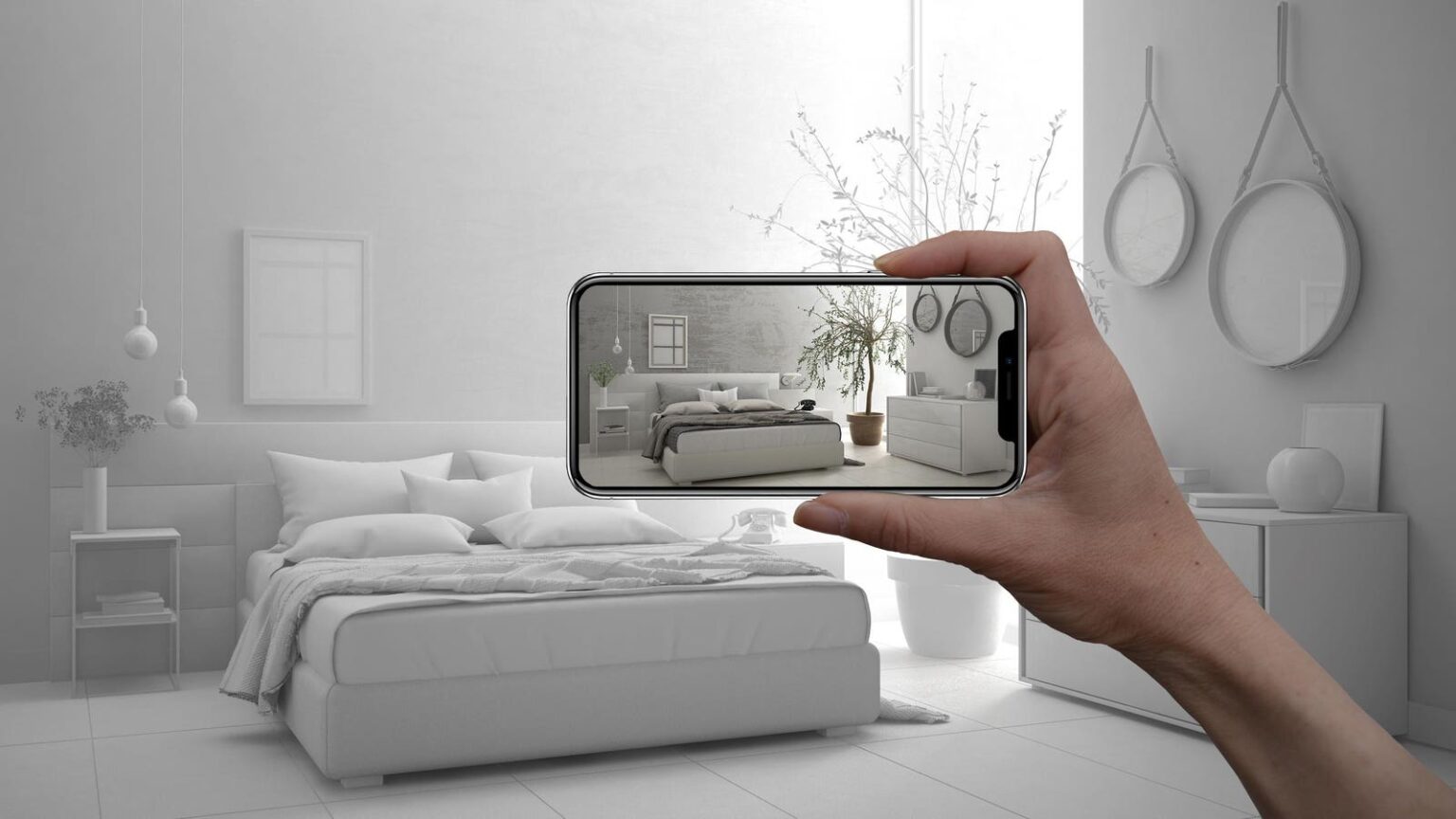In recent years, advancements in AI technology, particularly with tools like ChatGPT, have significantly transformed how individuals approach personal finance and cost-saving strategies. Initially, these tools focused on text-based solutions, providing guidance through budgeting and financial advice. However, the emergence of visual AI is changing the landscape, prompting users to shift from relying solely on traditional financial management techniques toward a more dynamic approach that leverages visual inputs. This evolution enables consumers to effectively cut costs and save time by using their smartphones to interact with AI in real-time, navigating a wide array of practical tasks without the added expense of hiring professionals.
Visual AI applications are revolutionizing daily problem-solving by replacing traditional expert roles related to home improvement, technical support, and even education. With the capability to analyze images and videos captured by a smartphone camera, these apps, such as Lloyd, provide personalized, real-time guidance. Instead of spending money on professional consultation, users can simply capture a video or image of the issue at hand and receive tailored advice based on the AI’s visual analysis. This method fundamentally alters how people engage with service needs—enabling them to become their own experts, reduce reliance on high-cost services, and ultimately save a considerable amount of money.
One of the significant advantages of visual AI is its ability to guide users through practical tasks, leading to savings that can accumulate quickly. For instance, replacing expensive home decorators with visual AI tools provides immediate, specific suggestions for DIY home decor projects. Users can enhance their living spaces while bypassing costly fees associated with hiring professionals. Furthermore, by seeking cost-effective alternatives to high-end decor, people can fully optimize their budgets—potentially saving upwards of $1,000 per project. Such virtually guided decor assistance highlights how visual AI can empower users to make informed choices and achieve professional results on a personal budget.
Another way visual AI is proving financially beneficial is through home repair and maintenance. Instead of immediately calling in an expert for minor issues, users can employ visual AI to diagnose problems—from appliance breakdowns to plumbing issues—using video uploads for actionable solutions. This technology enables homeowners to understand and apply basic repairs and helps them evaluate whether professional intervention is necessary. This prudent approach could save individuals hundreds to thousands of dollars, particularly when larger repairs can be assessed for more cost-effective alternatives, like minor adjustments rather than full replacements.
Beyond home repairs, visual AI also offers significant financial advantages in educational settings. Families may find tutoring services prohibitively expensive, but AI applications can serve as virtual homework assistants, guiding students through various problems and subjects. By providing real-time instructional support captured through images or videos, these tools can help families save considerably on tutoring fees, delivering customized learning experiences without the associated costs.
Technical support is yet another area where visual AI can shine by reducing expenses. Users frequently encounter small issues with their devices, but rather than paying for professional tech services, visual AI can assist in troubleshooting these problems. By using a smartphone camera to showcase the problem, users receive immediate feedback and guidance that helps resolve common tech headaches without the intervention of an IT professional. Through these diverse applications, visual AI tools like Lloyd have the potential to become invaluable assets in everyday life, leading to smarter financial practices and long-term savings.
Overall, the integration of visual AI into daily life presents numerous opportunities for saving money across a variety of sectors. By harnessing cutting-edge technology, consumers are empowered to address home decor, repairs, tutoring, and tech support independently. The implications are clear: the traditional roles of professionals are shifting as consumers are equipped with the tools to navigate challenges on their own, thereby enhancing their financial well-being. As visual AI continues to evolve, it will undoubtedly unlock even more avenues for cost savings and empower users to make informed decisions in both their personal and financial lives.

